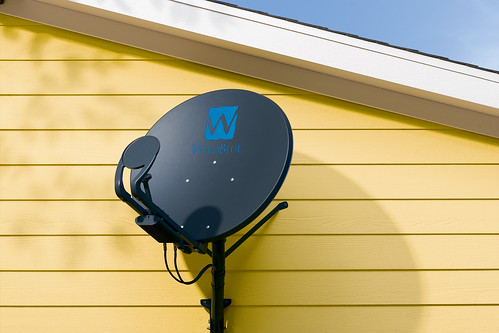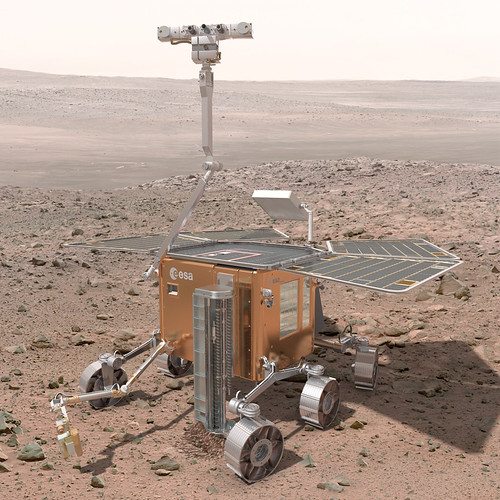Satcom iPhone App
Thursday, October 15th, 2009
Want to find out a particular satellite’s C-band coverage? There’s an app for that.
Commercial satellite operator SES World Skies published an iPhone app last month. Who knew? No "press release" or splashy introduction on their Web site. So while I was at the SATCON Expo show in New York yesterday, and bada-bing: SES is showing an app in their booth.
OK, let me check it out…
The app is called "SES World Skies" and apparently is the first of its kind. No other "satellite coverage" app exists, so they got that going for them.
First of all, it uses 30 MB and only works in the horizontal position. Google Earth is 8.9 MB. Well, that’s not good. The description is the company’s standard boilerplate:
SES WORLD SKIES is the new global division of SES, created through the combination of the former SES NEW SKIES and SES AMERICOM. The company operates a fleet of 25 satellites – part of the 40 spacecraft of the SES group – delivering services as diverse as television distribution and broadcast, internet access, data transmission and business and government communications to customers worldwide. SES WORLD SKIES currently has six additional satellites under construction. The company’s unique customer-focused approach allows it to offer the best satellite solution for a host of business and government requirements, with a view toward helping customers meet their short-term challenges and realize their longer-term goals. SES WORLD SKIES comprises a world-class team of customer care and technical professionals located in Princeton (NJ), The Hague, Washington D.C., Singapore, Beijing, London, Sao Paulo, Mexico City, Sydney, Accra and Johannesburg. Visit www.ses.com for more information.
WTF? This is enough to get me to download? OK, so it’s free. How do I use it? Nevermind, just start tapping. I did eventually find the instructions page (misspelled, too).
It shows basic, general coverage of each satellite, and lists the general specifications. Does it take advantage of the iPhone’s GPS? No. Can you type in your location and see what satellites are available? No. Can you contact a local sales office for a particular satellite? No. Can you check whether inventory is available for a 4-hour sporting event? No.
SES would have been better off collaborating with DishPointer and building a really good app that promotes their business in general and adds value to the customer experience in particular. In fact, you should check out DishPointer’s app. It rocks. Check out the Augmented Reality Pro version — a steal at $20. Here’s a demo video…
The SES app, unfortunately, won’t be found on many "best iPhone apps" lists any time soon.













